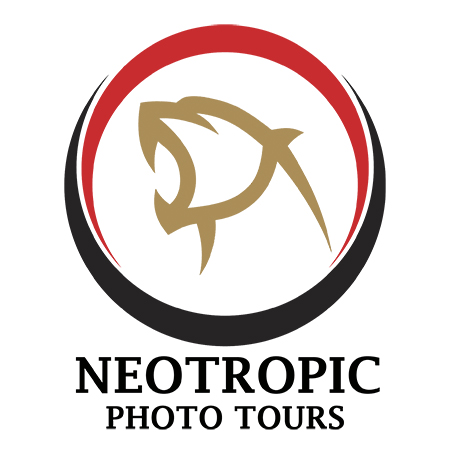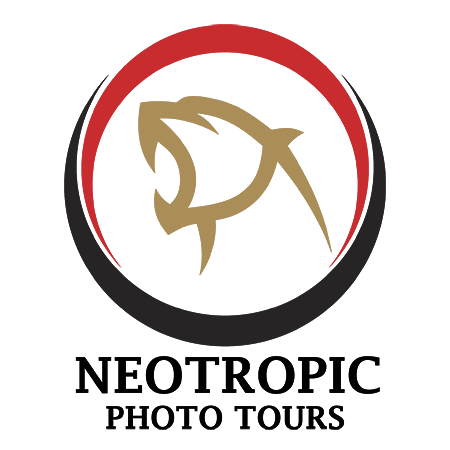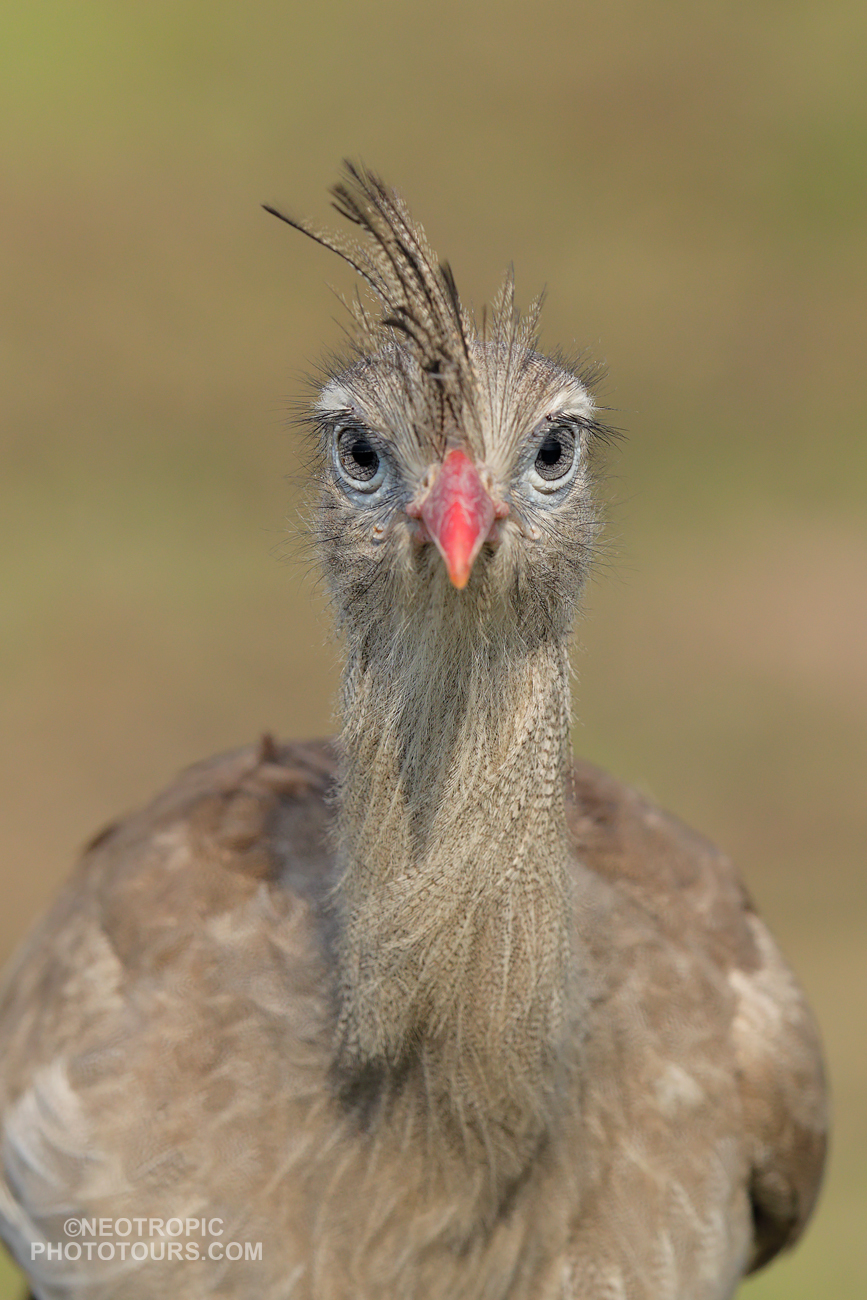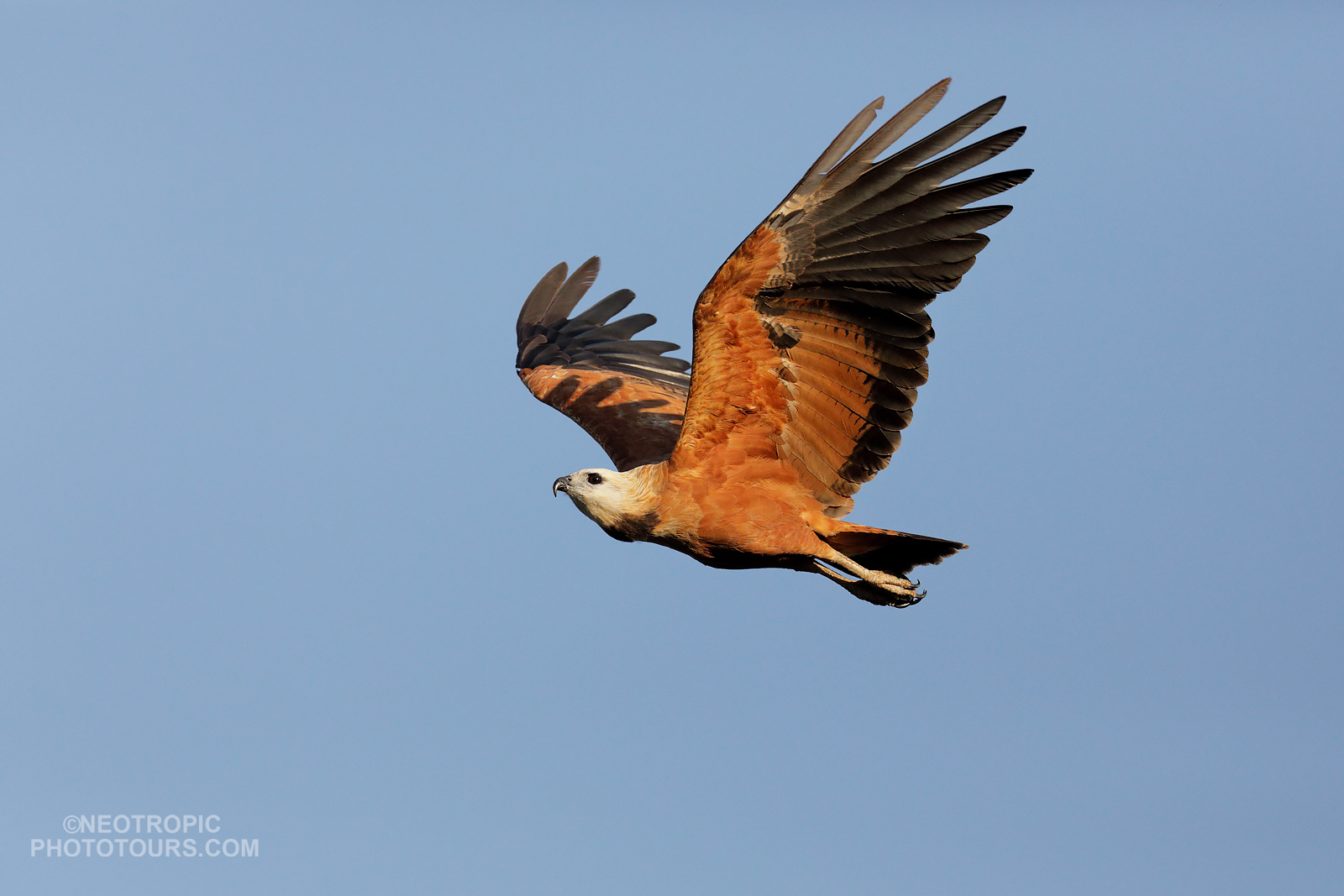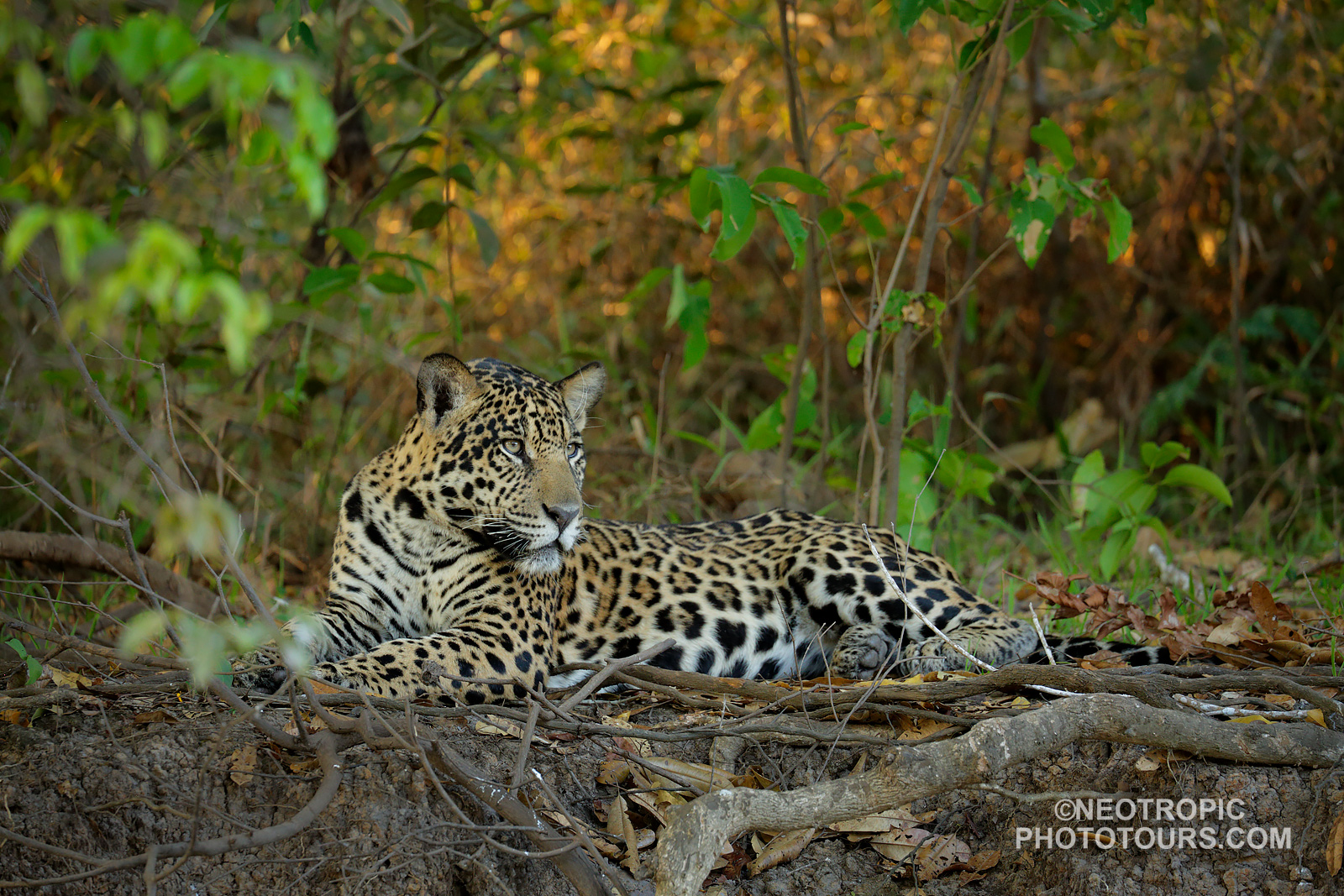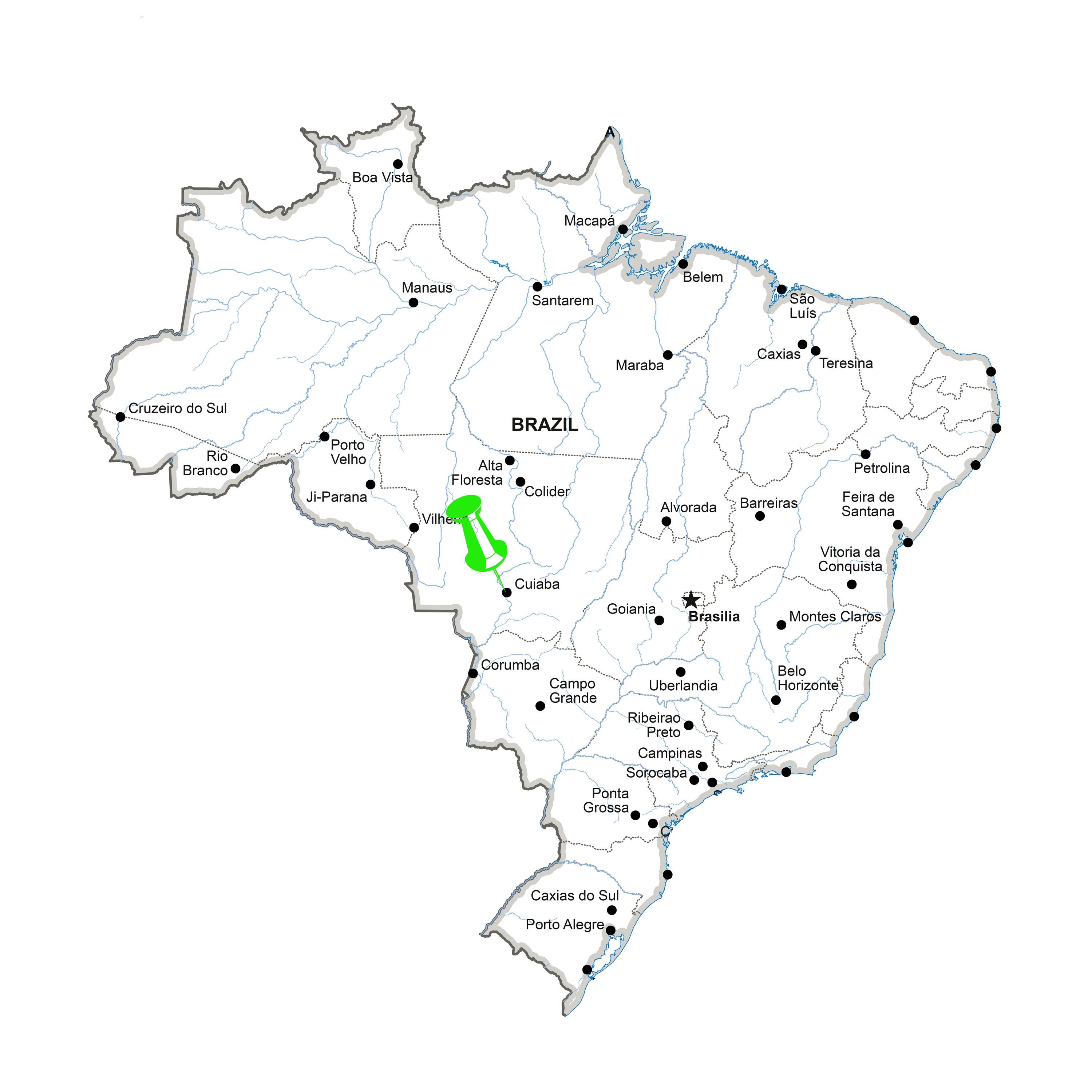Jewels of Pantanal 2024
RESERVE YOUR SPOT FOR 2024!
MAIN TOUR DATES:
AUGUST 2024
12 NIGHTS & 13 DAYS
OURS IS ONE OF THE LONGEST TOURS IN THE MARKET!
GROUP SIZE: 8
SOLD OUT
See what our guests are saying about our JEWELS OF PANTANAL Photo Tour!
“Juan, I have just looked thru the pictures from Brazil again. I just can’t tell you how wonderful this trip was for me. So many opportunities to see things and experience sensations that I had not anticipated. So, my friend, you created a lifetime treasure for me. Thank you from the bottom of my heart. I look forward to Ecuador.”
Verna J. Perry, Brentwood Bay, British Columbia, Canada
THE TRIP
Our plan is simple: We will look for and find wonderful wildlife, and we’ll have great fun together as we concentrate on creating beautiful wildlife images and learn new photography techniques that will help us get better shots no matter where we are in the world. We will take time to understand and appreciate the incredible wildlife that Pantanal has to offer as well as its unforgettable scenery, one of the greatest birding and natural history destinations on earth.
The Pantanal is a place of superlatives. Home to the world’s largest fresh-water wetlands, the Pantanal is ten times the size of the Everglades, covering about 72,500 sq miles mainly in the southeastern Brazilian states of Mato Grosso and Mato Gross do Sur. “Pantanal” is derived from a Portuguese word meaning “swamp.” It is a gently sloping basin with meandering rivers that slowly release water to a single drainage channel, the Paraguay River. Annual flooding nourishes the producers of the Pantanal, which in turn nourishes all other species as well. The sheer numbers of birds and animals have to be seen to be believed. The Pantanal is widely considered to provide some of the most spectacular wildlife viewing anywhere on the planet. Even relaxed birding can yield more than 100 species a day, and on some days, dozens of mammals (especially capybaras), hundreds of yacare (one of the smaller crocodilians), and thousands of birds. The quality of these sightings is top-notch. How about the big blue Hyacinth Macaw for starters? Another five of the top targets might be the Greater Rhea, Helmeted Manakin, Toco Toucan, and Jabiru stork. A jaguar sighting would be the ultimate mammal sighting, followed by five other large mammalian targets, the Brazilian tapir, giant anteater, giant otter, maned wolf, and ocelot. As for reptiles, one serpent tops every visitor’s “wish list”, the world’s biggest snake, the anaconda. The rarer of the two species in the region, the green anaconda, is the largest, reaching 18ft and weighing 550 pounds!
Traveling with us for the entire trip will be English-speaking naturalist, wildlife photographer, and guide Juan Carlos Vindas. He is widely praised for his easy-going style, his amazing breadth of knowledge about nature, and his extreme devotion to each client. The tour will be hosted and operated by Neotropic Photo Tours.
In the dry season between June and late October, the vast flooded fields shrink to smaller ponds, and many animals are drawn to watering holes. By October the rising Paraguay River will flood the vast grasslands. The only road to penetrate deep into the Pantanal, the “Transpantaneira”, is an unfinished project from years ago (1970). It provides amazing elevated viewing from something resembling a levee. Created during road construction, roadside ditches are now filled with water and have become a magnet for waterbirds, mammals, reptiles, and amphibians. Drives along this “highway” are true safaris. The road crosses a wide range of habitats, from dry grasslands and open scrub in the north to large semi-deciduous forests and extensive swamps farther south. This habitat gradient means that each of our lodges and “fazendas” (cattle ranches) has its own distinctive wildlife community even though they may be relatively close to one another.
The trip begins following your international flight to Sao Paulo and your connecting flight to Cuiabá, the northern gateway to the Pantanal, where Juan Carlos will be waiting for you. Then the next day, after breakfast, we will drive south on the Transpantaneira to our first lodge, a ranch near Poconé.
Brazil is a surprisingly large country. To a real extent, it is larger than the “Lower 48” in the U.S. Distances within the country are great, but we’ll be traveling within a region that has a good infrastructure for nature tourism. As to the weather, our tour will coincide with late winter in the southern hemisphere. We can expect generally hot and dry conditions, possibly with a few minor showers. Low temperatures are around 70 degrees Fahrenheit, and high temperatures are around 100 degrees Fahrenheit. Portuguese is the language spoken in Brazil, and while closely related to Spanish, the pronunciation seems totally foreign to many Spanish speakers.
ITINERARY
Day 1: Sao Paulo/Cuiabá: Most flights from the U.S. and Canada arrive in the morning at the Guarulhos International Airport (GRU) in Sao Paulo.
Day 2 to Day 13: Pantanal
Day 14: Fly home!
End of Photo tour
Once a deposit is made, we will be sending you a full list of the lodges where we will be staying. We will be staying at 4 different lodges to maximize the number of species.
For this tour, we will not only focus on birds but also on the several iconic mammals that roam around the Pantanal area including the largest feline of the American continent, the jaguar.
GETTING TO BRAZIL
The trip begins and ends in Cuiabá, with flights connecting from Sao Paulo, Brazil. You need to arrive in Sao Paulo and then fly to Cuiabá. Most flights will arrive in the morning, often quite early.
The trip ends with a transfer to the Marechal Rondon international airport (CGB) in Cuiabá from which you will fly to Guarulhos International Airport (GRU) in Sao Paulo for homeward flights in the afternoon or evening.
ACCOMMODATIONS AND FOOD
We stay at fazendas (lodges) designed to serve wildlife photographers as well as birders who come to the Pantanal. Accommodations in the field are simple, but rooms have private baths and hot showers. In some locations, they have air-conditioning.
Pantanal lodges serve local cuisine typical of the region, very rich in varieties of fish. You can’t escape the beef on a cattle ranch, but they also specialize in typical local foods. A wide variety of foods are available in Sao Paulo and Cuiabá. Vegetarians can be accommodated, but choices will be limited in more remote lodges.
HIGHLIGHTS
Visit the world’s largest freshwater wetlands
Our targets: Brazilian Tapir, Giant Anteater, Giant Otter, Jaguar, and lots of birds!
INCLUDES
All lodging (Including first and last night in Cuiabá)
Most meals (Starting with breakfast on day 2)
Private van with room for you and your gear, private riverboats, and taxes
Local Brazilian guide fluent in Portuguese, English, and Spanish, photo instructor, and entrance fees to private properties
DOES NOT INCLUDE
International flights
In-country flights
Drinks, laundry, phone calls, gratuities (Bring US dollars and Reais)
TRIP DIFFICULTY
This trip is fairly low-paced, always at a low elevation, there will be opportunities for many short to moderate walks, cross-country vehicle trips, and outings on the water. We do some amount of standing as we carefully observe wildlife and birds. This will not be a trip to just “check it on the list” and move on as we want to maximize any chances that might arise. It can get hot (plus you will be carrying your camera gear) so we will emphasize on early morning and late evening activities, allowing some mid-day leisure when you can take a nap or download your files. To fully enjoy this trip, you should be in good physical condition and ready to fully participate in all activities. You need to commit to rising early each morning in order to make the best of the day before it gets too warm to enjoy. Although hikes are not strenuous, there will be long periods in the field. You could call this a “relaxed” trip, but not a “leisure” trip. Our pace is one of casual intensity.
EQUIPMENT
You will need the main camera body with good ISO performance for those morning and afternoon times with low light, one that you feel comfortable with and know how to use, and be fluid with making changes quickly depending on how fast the action takes place. A backup camera is a plus as you might prefer a long lens with one camera body and a zoom lens with the other. The Pantanal can be dusty at this time of the year, so you will end up with dusty front elements – not a problem but bring a cleaning kit that includes an air blower, brush, cleaning cloth, and fluid specifically formulated for optical surfaces (visibledust.com makes a good one).
A wide-angle lens is also welcome as the Pantanal can offer starry nights with no light pollution as well as breathtaking sunrises and sunsets.
You will be using a long telephoto lens such as 500mm or 600mm for birds and a zoom lens (with good light) for those encounters with large mammals, but don’t worry if you don’t own a super-telephoto lens. Some photographers bring only 100-400 but you will certainly be limited.
My recommendation would be to bring two camera bodies, one to be used with a telephoto lens and the other with a zoom.
We will be mostly using something between 100-400 or 80-400 when taking pictures of mammals but for birds, as you know, the longer the lens the better. Don’t forget to bring extra batteries and memory cards, they need to stay with you all the time and especially when going out on the boats! Consider a photo vest to stash these items.
Also, bring your teleconverters, 1.4X TC, and even 2X TC if you own one, along with a sturdy tripod and gimbal head if you are using a long lens. When on the boats, we will be shooting primarily handheld but please also bring your tripod in case you need to mount your gear on it. We will try to minimize the shaking that the engine produces but cannot guarantee that the boat will be still.
You could also bring a flash to be used with birds (most mammals will not respond well to flash). If you plan on bringing your flash then also bring the appropriate flash bracket and cord, rechargeable batteries, and charger. My recommendation is to bring 8 AA batteries, 4 that will live in your flash, and 4 (fully charged of course) that will be with you in the field or van in case you need them.
A laptop to download your images plus one or two external hard drives, fast read/write CF or SD cards, spare batteries for your camera, and a battery charger.
You will need to bring something to protect your gear in case of sudden rain. Lenscoat or a plastic bag to cover your lens (es), flash, and camera (Large Ziploc bags can work)
A headlamp is a must as it is dark when you walk from your room to the restaurant.
CLOTHING
For this trip you will want comfortable, loose clothing with long sleeves and pants for protection from the environment (mosquitoes, chiggers, black flies). Please try to bring clothes in muted colors such as green and tan.
Temperatures will often be quite warm, but this is the season when cold storms blow up from the south, so you will need to have a warm jacket for that possibility. Don’t forget to bring your hat!
For the boat: A fleece or windbreaker is a must as it can get cold in the morning especially when the boat is in motion.
Laundry service will be available allowing you to travel with a minimum of changes. You will want a backpack for everything you’ll need to photograph the different subjects we will find every day.
HEALTH AND DOCUMENTATION
There is no malaria in the Pantanal, but yellow fever has recently been reported from Minas Gerais state (Belo Horizonte is the capital) and elsewhere. Yellow fever vaccine is recommended for all travelers to Brazil except those only visiting Rio de Janeiro, Sao Paulo, and certain coastal areas. The vaccine should be taken at least two weeks before exposure and remains effective for approximately ten years. Be sure to bring your “yellow booklet”, the International Certificate of Vaccination. Taking measures to protect yourself from mosquito bites is an essential part of preventing yellow fever. Additional inoculations to discuss with your doctor, if you have not already had them, are hepatitis A, typhoid, and tetanus. It will be necessary to drink purified or bottled water in Brazil. You should also bring sunscreen as we will spend many hours in the field exposed to sun rays.
Please pack all essential medications in your carry-on. Remember that we will be away from any drugstore or hospital.
VISA
Great news! Starting June 17, 2019 citizens of the United States & Canada no longer need a visa to travel to Brazil. You must have a passport that is good for six months after you leave the country.
PRICING
Pricing for this photo tour will be posted soon!
Recommended books to read before you arrive in Brazil:
Pantanal Wildlife, A Visitor’s Guide to Brazil’s Great Wetland (a Brandt Guide), by James Lowen. This small volume is just a terrific introduction to what this trip is all about.
The Pantanal, Brazil’s Forgotten Wilderness (a Sierra Club Publication), by Vic Banks. Times have changed a lot in the 20 years since this book was written; still, it provides a compelling firsthand look at this endangered biological wonderland.
Brazil: Amazon and Pantanal (Traveler’s Wildlife Guide series), by David L. Pearson and Les Beletsky. It’s too heavy to carry on the trip, but excellent pre-trip reading about both habitat and wildlife.
Birds of Brazil: The Pantanal and Cerrado of Central Brazil (Wildlife Conservation Society), by John A. Gwynne, Robert S. Ridgely, Guy Tudor, and Martha Argel. This brand-new, beautifully executed field guide is perfect for the specific region of this trip.
Pantanal: South America’s Wetland Jewel (Firefly Books), by many contributors, with photographs by Theo Allofs. This wonderful collection of wildlife photographs is nicely complemented by short, interesting snippets of text.
The Pantanal: Understanding and Preserving the World’s Largest Wetland, edited by Frederick A. Swarts (Paragon Press). This collection of papers and presentations by world authorities on the Pantanal provides excellent background information about conservation and preservation issues.
Map of Brazil. Many are available. If you want to bring a paper copy with you, we recommend the 1:400,000 Borch edition, available in English through Amazon.com
CONSERVATION
The land of the Pantanal is 99% in private ownership primarily for the purpose of agriculture, ranching in particular. There are 2,500 fazendas in the region, with up to 8 million head of cattle. The Pantanal is under threat from many other human activities, including recreational over-fishing, hunting and poaching of endangered species, uncontrolled tourism, deforestation and burning for agricultural use, and mining of gold and coal. Pressure for economic development, such as the plan to dredge the Paraguay and Parana rivers to create a “hydro-road” allowing ocean-going ships to travel far inland, would have serious consequences for the ecosystem by altering the flooding and drainage cycles.
When you see the hordes of caimans, you might think that the yacare is abundant, and that is true now, but only due to recent conservation efforts. For nearly all of the 20th century, these animals were hunted savagely to supply the global demand for “crocodile skins.” Only since 1990 has trade legislation been enforced strongly enough for poaching to cease. Yacare has recovered rapidly and the current population is estimated at around 10 million.
The story of the recovering Hyacinth Macaw raises our hopes as the population in the Pantanal has risen from 1,500 in 1990 to 3000 in 2000, due primarily to the efforts of The Hyacinth Macaw Project (started in 1980 by a 27-year-old biology student) to increase breeding success. These macaws nest in one particular tree species, called manduvi, that is soft enough for them to hollow out with their beaks, and they prefer to eat the nut of a particular tree, the acuri palm. Both trees are scarce and fall victim to cattle.
Come and join me for an experience of a lifetime! Fill your portfolios with new and colorful images of birds and mammals from Pantanal!
Have questions? Please send me an email and let’s discuss the itinerary.
neotropicphototours(at)gmail.com
